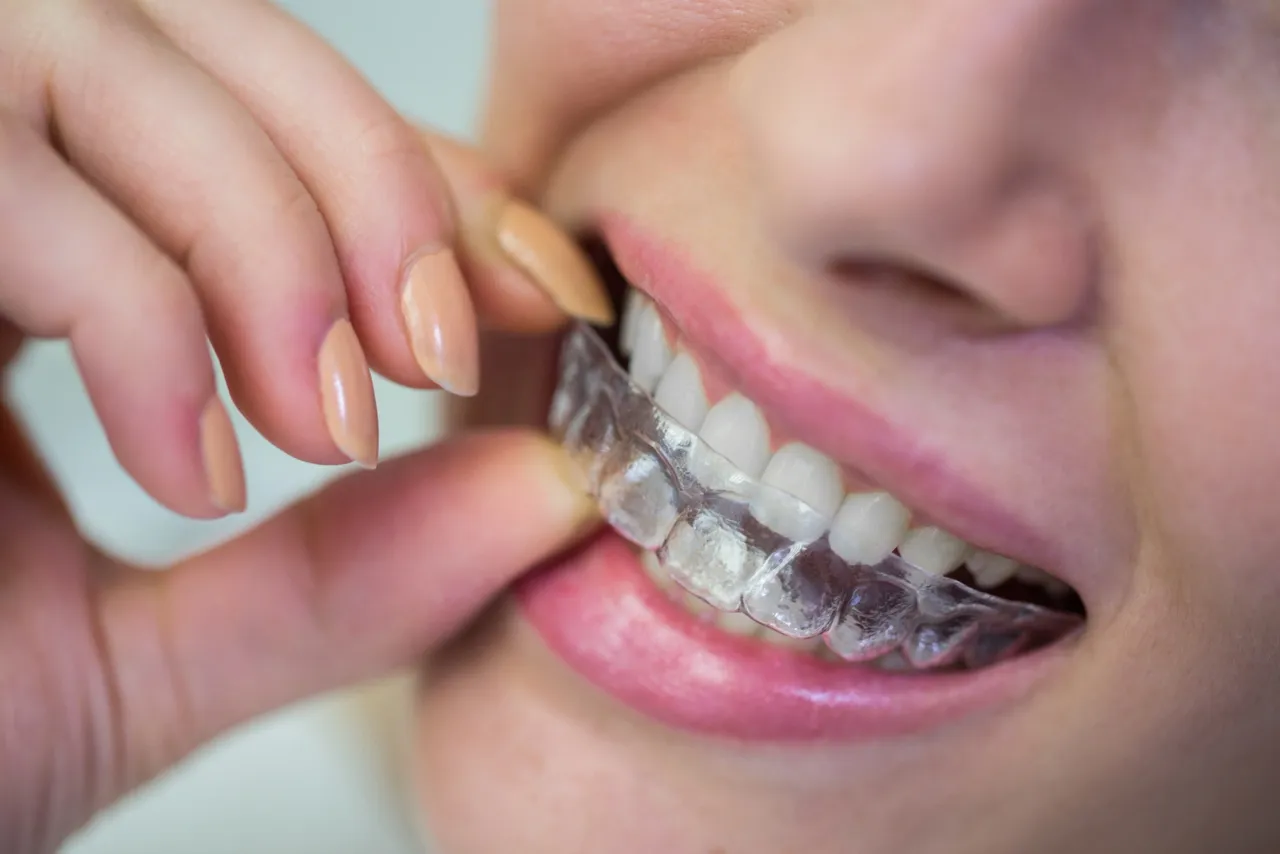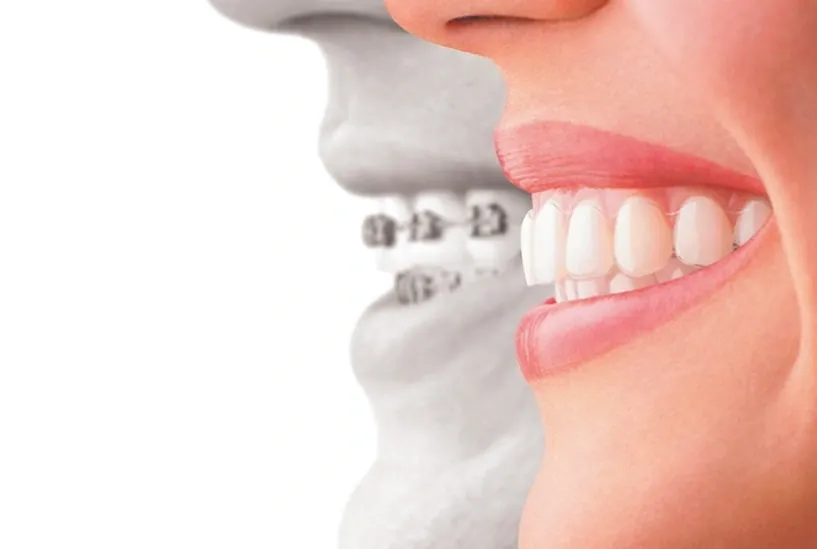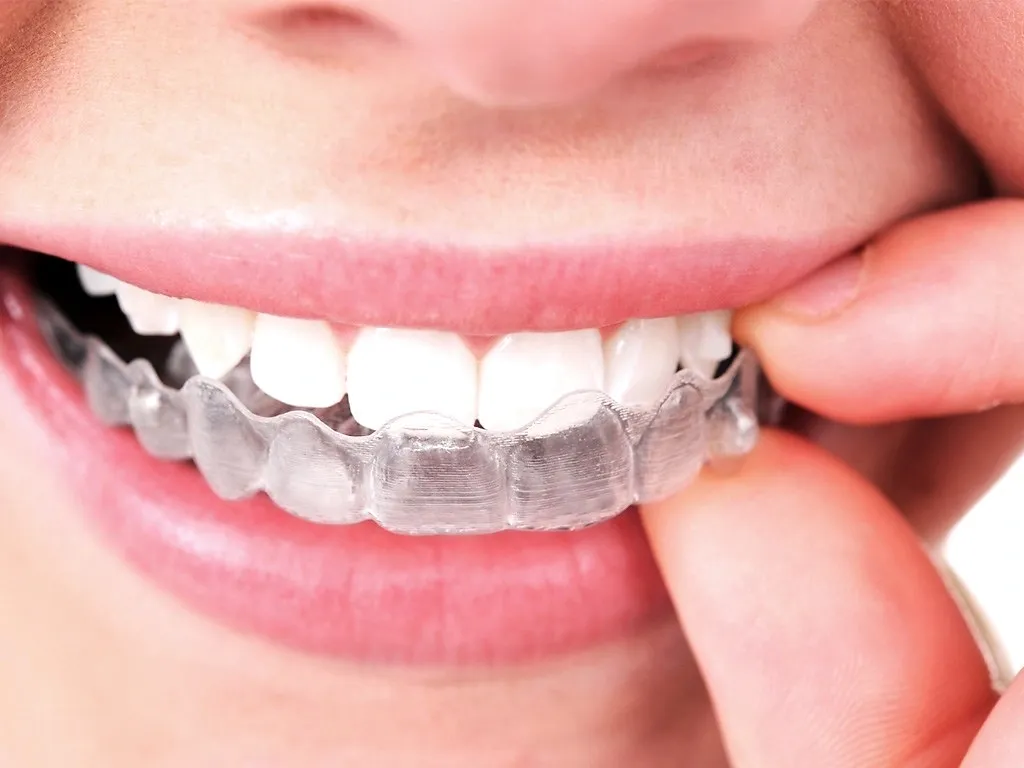
How Invisalign Clear Aligners Work
Are you ready for braces, but not ready to deal with brackets, wires, and everyone knowing that you have braces on? If so, we have


Are you ready for braces, but not ready to deal with brackets, wires, and everyone knowing that you have braces on? If so, we have

Many people use TMJ and TMD interchangeably, but they are actually two different things. Short for temporomandibular joint, TMJ is the joint that connects the

You use your teeth to bite, chew and talk countless times throughout your day. Unless something is bothersome, you probably don’t give your grill a

Do you wish you had a better smile? Straight teeth are associated with any number of positive traits and outcomes in society. People with good

Athletes have a lot of risks to their teeth when they play any type of impact sport, from football to rugby to basketball. They need

You don’t have to wait for your dentist to refer your child to an orthodontist. Parents are often the first to recognize that something is

Do you want to straighten your teeth invisibly while reducing treatment time? Invisalign by VanLaecken Orthodontics may be an option for you. These aligners are

Traditional braces and Invisalign are both designed to improve the appearance of your smile by aligning your bite and straightening your teeth. Straight teeth also

Invisalign was the first clear aligner to hit the market over 20 years ago. In that time, they’ve continuously led the field in innovative invisible
allure orthodontics, movewithinvisalign.com, tmj treatment sioux falls, vanlaecken orthodontics aberdeen sd, top orthodontic care in sioux falls, vanlaecken orthodontics watertown sd, movewithinvisalign, vanlaecken orthodontics brookings, south dakota blogs, vanlaecken orthodontics watertown, allure ortho, vanlaecken orthodontics aberdeen, sd blog, movewithinvisaligncom, movewithinvisalign com, invisilign braces, invisible braces great falls, teeth straightening medina, vanlaecken, teeth straightening sioux falls sd, teeth braces great falls, tmj treatment great falls, south dakota teeth alignment, what hurts more bottom or top braces
Braces come in various forms, each designed to address specific orthodontic needs. The most common types include traditional metal braces, ceramic braces, and lingual braces. Traditional metal braces are highly effective for complex cases, while ceramic braces offer a more discreet option. Lingual braces are placed behind the teeth, making them virtually invisible.
Choosing the right type of braces depends on factors such as the severity of the dental issue, aesthetic preferences, and lifestyle. For instance, patients who are concerned about the visibility of braces may prefer ceramic or lingual options, while those with significant alignment issues might benefit more from traditional metal braces. Consulting with an orthodontist can help determine the best choice for individual needs.
Maintaining oral hygiene with braces is crucial to prevent cavities and gum disease. Patients should brush their teeth at least twice a day using a soft-bristled toothbrush and fluoride toothpaste. Flossing can be more challenging with braces, but using a floss threader or orthodontic floss can make it easier to clean between the brackets and wires.
In addition to regular brushing and flossing, using an antimicrobial mouthwash can help reduce plaque buildup. It’s also advisable to avoid hard, sticky, or sugary foods that can damage braces or contribute to tooth decay. Regular check-ups with the orthodontist will ensure that oral hygiene practices are effective and that the braces are working as intended.
The duration of orthodontic treatment with braces varies depending on individual circumstances, including the complexity of the case and the type of braces used. On average, treatment can last anywhere from 18 months to 3 years. Factors such as patient compliance with wearing rubber bands or other appliances can also influence the treatment timeline.
Regular appointments with the orthodontist are essential for monitoring progress and making necessary adjustments. Patients who adhere to the treatment plan and maintain good oral hygiene are more likely to achieve their desired results within the estimated timeframe. Understanding the treatment process helps set realistic expectations for the journey to a straighter smile.
Choosing between Invisalign and traditional braces often comes down to personal preference and specific dental needs. Invisalign offers a clear, removable aligner system that is less noticeable and allows for easier oral hygiene. However, traditional braces may be more effective for complex cases that require precise tooth movement.
Both options have their advantages and disadvantages. Invisalign aligners can be removed for eating and cleaning, which promotes better oral hygiene, but they require discipline to wear for the recommended 20-22 hours a day. On the other hand, traditional braces are fixed in place, ensuring constant pressure on the teeth, but they can be more challenging to clean and may cause discomfort. Consulting with an orthodontist can help patients make an informed decision based on their specific needs and lifestyle.